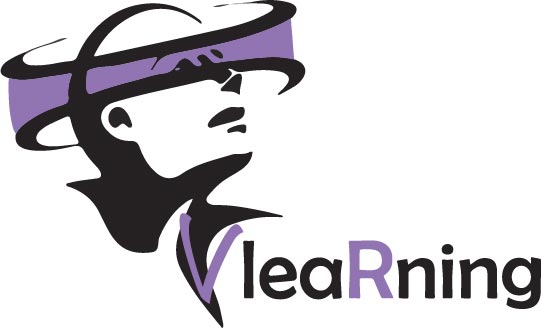
Full project title
We learn to apply augmented and virtual reality in our technology class
Project acronym
VleaRning
Coordinator/applicant
Colegio Paidos
Country of coordinator’s
or applicant’s residence
or applicant’s residence
Spain
Contact person
Maria Vicenta Ferrer
E-mail address
Programme/fund
Erasmus+
Project duration
31.12.2018 - 30.08.2021
Project weblinks
EU project showcase![]()
Project description
The VleaRning project aims to adapt and introduce AR and VR technologies in European schools. Stakeholders can learn how to integrate these technologies into their classrooms through the Vlearning eLearning platform with more than 100 practical activities. The VleaRning project is coordinated by the Spanish school Colegio Paidos and involves three other secondary schools: OS Vizmarje Brod/SI, Säynätsalon yhtenäiskoulu/FI and the Academy at Shotton hall/UK. The consortium is completed by AIJU/ES, a technology centre, whose mission is to support both teachers and students with the implementation of AR and VR. The aim is to ensure that teachers and students are able to use these technologies, as well as to generate content for mobile devices, VR glasses, to create 360° videos, and to develop their own activities so that all these new resources can be used by other students, including those in elementary education. School education is the most important educational period as pupils create learning mechanisms, construct knowledge, and develop basic skills and acquisition methods. AR and VR experiences can help pupils to develop strategic problem-solving skills, using pedagogies that favour student-centred learning, exercising creativity and visualising abstract concepts concretely, increasing student engagement and frequency of authentic learning, improving critical thinking and providing a constructivist model of learning. When we realise that technology is popular and the younger generations are enthralled by using it, it is important to know how we can integrate technology into the teaching and learning process. In addition, the use of these technologies allows us to offer alternatives to the most disadvantaged groups, favouring social inclusion. Thus, they can support students with the development of their social and civic skills. Barnett et al. (2005) demonstrated that constructing virtual simulations allows lowachieving students to improve. The aim is to motivate students towards STEM careers, paying special attention to gender considerations, so that girls are also attracted to these careers. Studies show that students have better retention with these technologies. They prefer them to traditional methods, and they demonstrate greater commitment. Students themselves define their projects and develop their activities with these technologies. In this way, active students and entrepreneurship skills are encouraged. In addition to these tangible results, relevant intangible results are expected using AR and VR: methodological and technological knowledge to apply AR and VR technologies in their class practical experiences prepared for use one more tool for student motivation and commitment educational material to explain abstract concepts.


